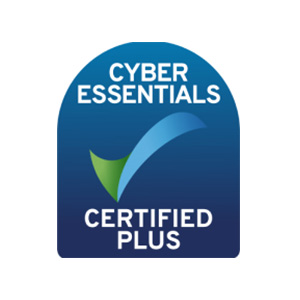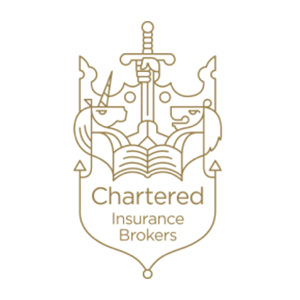Lithium-ion batteries are commonplace in modern society as they are integral to the likes of mobile phones, laptops, energy storage systems and electric vehicles (EVs). They are also now increasingly used to power forklift trucks.
Forklift trucks (FLT) operate in and around warehouses, factories and construction sites, where fire loads may be high due to the presence of combustible building materials, wooden pallets, packaging, and hazardous and/or combustible products being stored or manufactured. Lithium-ion forklift trucks are generally more expensive than other types but they are growing in popularity as they are essentially maintenance-free and are more energy efficient.
There are definite benefits to using Lithium-ion FLTs, it should however be acknowledged that there are potential fire risks and as such preventative measures need to be taken.
So what is the fire risk?
Lithium-ion batteries cells combine a flammable electrolyte with stored energy and if overheating occurs ‘thermal runaway’ may ensue, which results in a chemical reaction. The process occurs when the temperature within the battery cell exceeds a certain point i.e. the heat generated is greater than the heat that is dispersed. Thermal runaway can result in the release of flammable and toxic gases. These may ignite immediately, or they may disperse unignited, until they come into contact with an ignition source, resulting in an explosion. Lithium-ion battery fires are relatively rare, they can however be very difficult to extinguish.
Below are some preventative measures to minimise the risk of FLT Lithium-ion battery fires:
- Only use the correct charger and always buy forklift batteries from a reputable source.
- Ideally the FLT charging area should be in a separate, well ventilated fire compartment with at least 60 minutes fire separation.
- Charging areas should be located adjacent to an exterior wall, which can be accessed from the outside and has easy egress in the event of an emergency.
- Automatic fire detection (preferably smoke) should be provided within the FLT charging area.
- Portable fire extinguishers to be provided and it is preferable for these to be Aqueous Vermiculite Dispersion (AVD) e.g. Lith-Ex, as they are specifically designed to combat Lithium battery fires.
- Safety signage should be provided to identify the area where Lithium-ion FLT battery charging is undertaken.
- A plan of the building indicating the location of the lithium-ion FLT battery charging area to be made available to the Fire Service in the event of an emergency.
- Ensure suitable and sufficient risk assessments are undertaken in relation to the fire hazards and all FLT activities.
- Battery chargers should be affixed to secure non-combustible walls.
- Batteries should always be charged on a hard, flat, stable surface.
- Allow batteries to cool down after use and before attempting to recharge them.
- Always maintain a clear space of at least 2 metres around the charging units and the FLTs on charge.
- Ensure there are no combustibles within the vicinity and hatched floor markings can assist to define the charging area.
- To minimise the risk of damage, cables and connectors should be raised off the floor.
- Ensure the FLT, battery, and charger are inspected and maintained in line with manufacturer’s instructions.
- Incorporate visual inspections of the FLT, batteries, chargers, cables, and connectors into weekly/monthly workplace inspections, and document.
- Immediately remove damaged or malfunctioning batteries from the building, to a suitable remote location outside. Disposal to be undertaken by specialist waste contractors.
- Relevant persons to be appropriately trained in the safe use, hazards, handling, charging and storage of Lithium-ion batteries and FLTs, and emergency procedures.
- In the unlikely event of a lithium-ion battery fire breaking out, evacuate the building and call the emergency services.
Further guidance on fire risk management and other related subject matters are available from your usual contact at Griffiths & Armour or from RMworks, our online risk management portal available to all clients. For more information, please get in touch.










